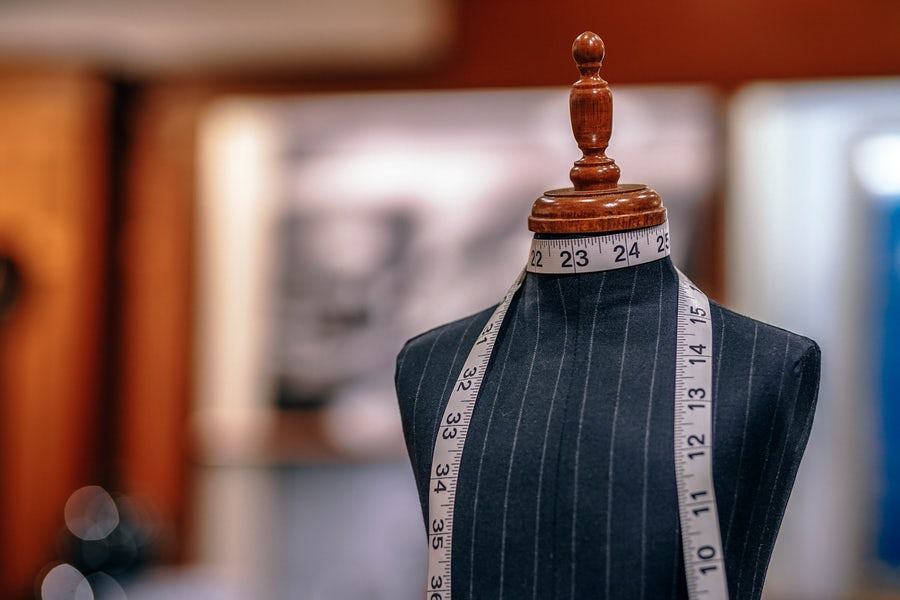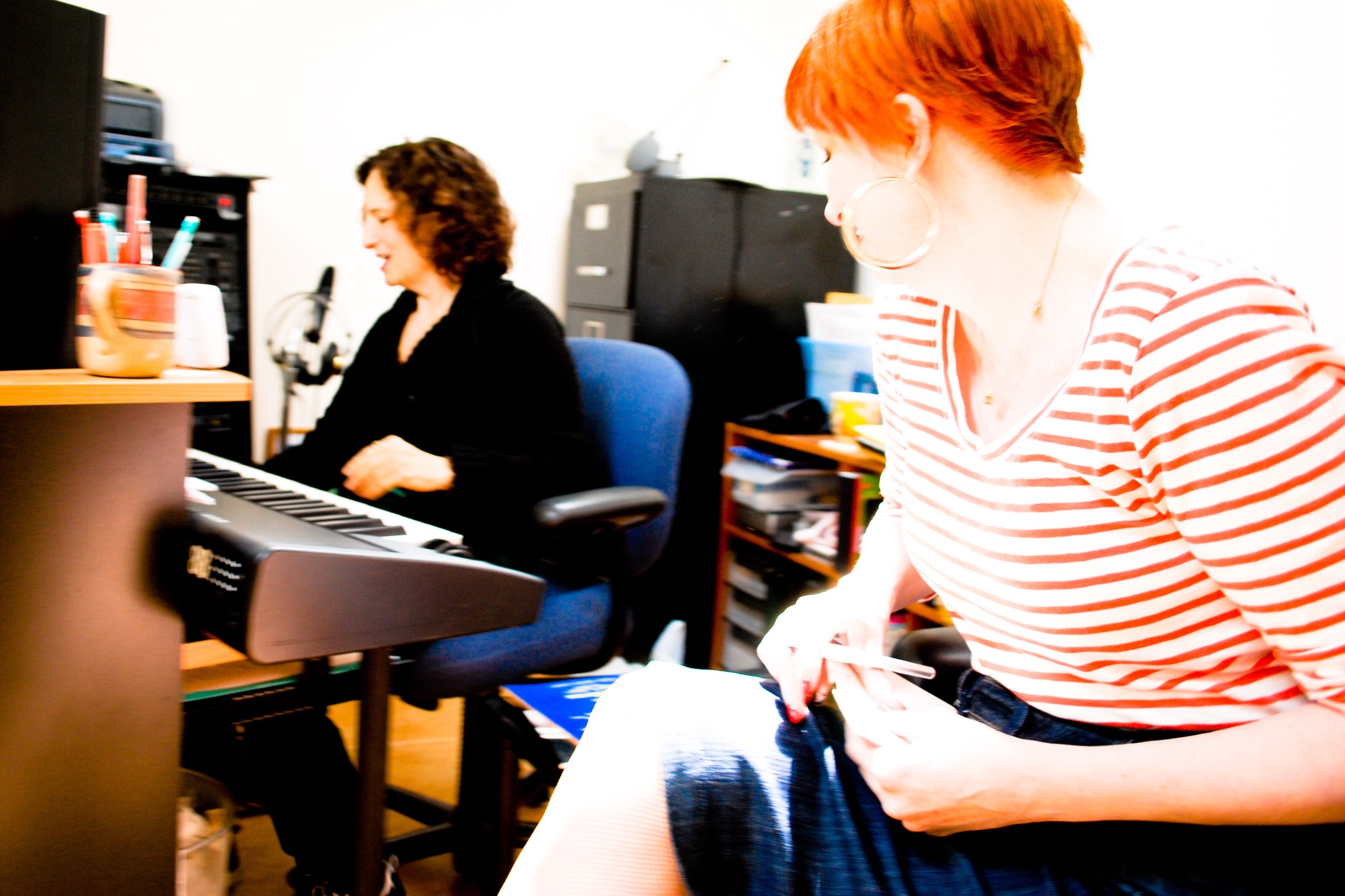Notes from the Wardrobe: Let’s Hear it for the Boys...
I have a pet peeve. Actually two. Okay, if you know me I have a whole farm full of them, but in the case of Love, Loss & What I Wore I have two very specific ones. The first, that I’ve Already covered here is that the play is merely about clothes. The second is that this is a “women’s show”.
When Spawn was in elementary school I volunteered with the reading program, and kids who would coming in looking for books would often reject them on the basis of whether it was a “boy’s book” or a “girl’s book”. I worked long and hard to convince them (with varying degrees of success) that there was no such thing gendered books. Such is the case with Love, Loss. Yes, these are stories about women’s lives, and yes, we definitely need to see and hear these stories on-stage. Especially now. But as far as the intended audience? There is no such thing as “Men’s Shows” or “Women’s Shows”, only Human shows.
But first, I do want to address the idea that men don’t care about clothes. This is manifestly untrue. They may not care about FASHION but they do care about STYLE. Fashion is what the stores and magazines try to sell you, style is knowing who you are and adorning yourself accordingly. They care about the expressive power of clothing. The guys I work with at Pioneer all have definite takes on clothing, whether they admit it or not. Jon, my assistant director, has an affinity for “old-man sweaters” and very definite ideas about pants. He also has a collection of bow ties for dress up that includes Spider Man and bacon. Dan, our company artistic director has a great collection of silver and beaded bracelets that I have tried to pilfer on more than one occasion. And Doug, one of our board members, and the director of our spring show Tommy, is almost never seen in public without his leather jacket. Each of these guys has a very distinct look that is part of their persona as artists and creators. They have STYLE.
And then there are the stories...One of the interesting things about the rehearsal process has been how often a scene we’ve worked on sparks a cascade of stories from both actors and production team. One monologue about a prom dress had all the women and men in the rehearsal room telling stories not just about what we wore to our proms but who we took, what we did afterwards and what our dates turned out to be in their adult life. Sometimes all it takes to spark a connection or conversation is the shared memory of an object. In our case the object just happened to be clothes.
Not all stories illustrate the commonalities, but illuminate the differences and that too is a blessing. There are things men never experience that are part of the daily fabric of being a woman. Dealing with the expectations of a society that sends constantly mixed messages. That insists you must be sexy and desirable but if you are sexually assaulted somehow you bear the responsibility. That tells you that men and women are from different planets and it must simply be accepted that there will never be understanding between the two. But the beauty of really listening to someone’s else’s stories is that we begin to understand the world from a perspective outside our own. This is what a show like this offers to men. The chance to see the world in a different way.
So bring your girlfriends and sisters and mothers to see Love, Loss & What I Wore but bring the men in your life too. You’ll be surprised at what happens.







